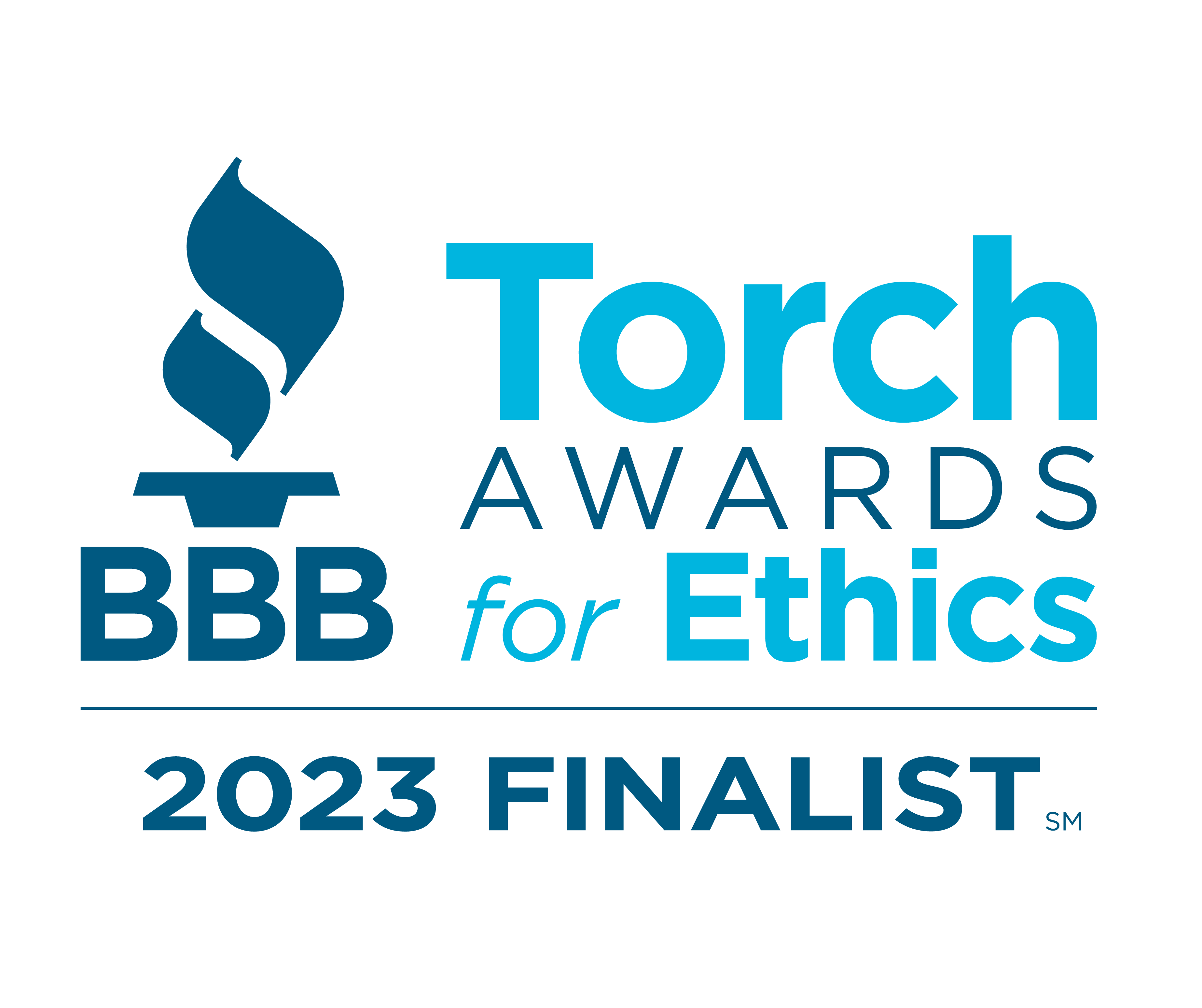A CP504 final notice from the IRS doesn’t have to spell disaster
It’s stressful to ignore a tax bill or unpaid tax debt. It’s unlikely most people forget about their delinquent taxes, although you may try to push it to the back of your mind. When you receive a notice from the Internal Revenue Service, it’s a stark reminder that you have financial problems you must face.
When you receive a CP504 Final Notice of Intent to Levy from the IRS, you may have several reactions: fear, panic, frustration, or a sense of defeat. But it’s not too late to take action to resolve your tax debt and avoid the levy or wage garnishment.
What Is Intent to Levy?
When the IRS shares a notice of federal tax levy, it means the agency can legally seize and potentially sell your property to pay your past due federal taxes. “Seizure” and “levy” mean the same thing and the IRS uses these terms interchangeably in Publication 594, The IRS Collection Process.
A levy may include seizing:
- A portion of your salary (wage garnishment)
- Other income (dividends, rental income, accounts receivable)
- Funds in your bank account
- Investments (including the cash value of your life insurance, retirement accounts, etc.)
- Real estate, vehicles, or other personal property to sell
How Long After a Notice of Intent to Levy Can the IRS Seize and Sell Your Property?
After the IRS sends a Final Notice of Intent to Levy, it typically takes another 30 days before the agency takes action such as wage garnishment or seizing your assets. After the IRS has seized property, the agency typically waits at least 10 days before selling it at an auction.
On the other hand, if the IRS levies the funds in your bank account, the money will sit frozen for 21 days. At that time the bank will release the money, along with interest earned during that time, to the IRS.
Is There Any Property the IRS Cannot Levy?
Under the Taxpayer Bill of Rights, the IRS can’t seize your primary residence without court approval. It also can’t seize certain personal items, including a certain amount of furniture and household items, clothing, necessary schoolbooks, or undelivered mail.
As of 2015, the IRS is prohibited to levy Social Security Disability (SSDI) benefits or Supplemental Social Security Income (SSI). The IRS may levy up to 15% of your Social Security Old Age, Survivors and Disability Insurance (OASDI) to pay delinquent taxes.
The IRS also has limits on wage garnishment. It can only levy wages up to a certain amount, determined by your employer based on the standard deduction and how many dependents you claim.
Prior to wage garnishment, your employer should supply you with a Statement of Dependents and Filing Status form to fill out and return within three days. If you don’t return the form, your exception will be calculated as if you are married, filing separately with zero dependents, according to IRS.gov. That will result in a higher levy amount.
Ideally, you will handle your tax issues before it gets to the point that the IRS is contacting your employer to garnish your wages.
What Happens Before You Receive a Levy Notice
You won’t receive a Final Notice of Intent to Levy out of the blue. The IRS typically follows a collections process that begins with a tax bill and includes a series of notices. However, in 2022, the IRS suspended these automated collections notices to manage a backlog of correspondence and unprocessed tax returns. Notices resumed in January 2024.
That means many people didn’t receive CP14, the first notice of unpaid tax debt, or the reminder letters that followed. Recently, the IRS sent a wave of notices. It’s not long before your IRS debt catches up to you – and that may come in the form of IRS Notice CP504: Intent to Levy.
What To Do When You Receive IRS Notice CP504: Notice of Intent to Levy
Ideally, once you receive Notice CP504, you can start taking steps toward freedom from tax debt. If you have the money available, you should pay the balance online or mail a check, certified check, or money order to the IRS in the envelope provided with the notice.
If you don’t have the full amount, the IRS advises that you should pay as much as you can, and then call the IRS or apply for a payment plan online.
IRS Payment Plans
The IRS offers options when it comes to payment plans depending on the amount you owe. You can apply for a short-term payment plan, which extends your time to pay by six months. You can file for a long-term payment plan, or installment agreement. If you don’t make enough money to pay your full tax debt under the terms of an installment agreement, you might qualify for a partial pay installment agreement.
Offer-in-Compromise
You may also qualify for an offer-in-compromise. The paperwork to apply for this tax debt forgiveness program is complex, so you may want to enlist the help of a tax debt relief service like Alleviate Tax to improve your odds of a favorable outcome.
The IRS accepts only 36% of the offers in compromise it receives. Working with a tax professional can help reduce your stress as we handle the paperwork for you. We’ve resolved more than $37.25 million in tax debt since 2018.
Currently Not Collectible
If you don’t even have enough money to pay the 20% of your offer required to file an offer-in-compromise, and you’re only making enough to get by, you might qualify for currently not collectible status. This doesn’t resolve your tax debt, but filing for CNC can get the IRS off your back, stop tax levies, and give you more time to pay.
How to Exercise Your Right to a Hearing
Your levy notice also includes notice of a right to a hearing. To request a Collection Due Process (CDP) hearing within 30 days of receiving CP504, submit Form 12153. This reserves your right to go to tax court if you disagree with the decision from the Office of Appeals.
If you miss that deadline, you can still file the form to request an Equivalent Hearing within one year of the deadline on the notice. However, you lose the right to appeal any decisions made in tax court.
You may wish to file an appeal if you believe your tax bill is in error or the IRS has not followed due process in its collection activity. If your tax issues reach this point, it’s best to enlist the help of tax professionals to help you file the paperwork and represent you in court.
Alleviate Tax has helped millions of Americans regain their financial freedom after receiving a levy notice from the IRS. You can trust us to act in your best interests and use our knowledge and experience to help resolve your tax debt and avoid an IRS levy.
FAQs
What does it mean when the IRS puts a levy on you?
When the IRS sends a notice of intent to levy, they can seize your property and investments and garnish your wages to pay past due tax debt.
What are the reasons for a levy?
An IRS may levy your bank account, investments, and personal property if you have seriously delinquent tax debt.
How to stop the IRS from levy?
To stop the IRS from levying your bank account or personal property, it’s best to pay your past-due taxes immediately or establish a payment plan or installment agreement. If you can’t afford to pay your tax debt, enlist the help of a tax resolution company to help you with negotiations.









